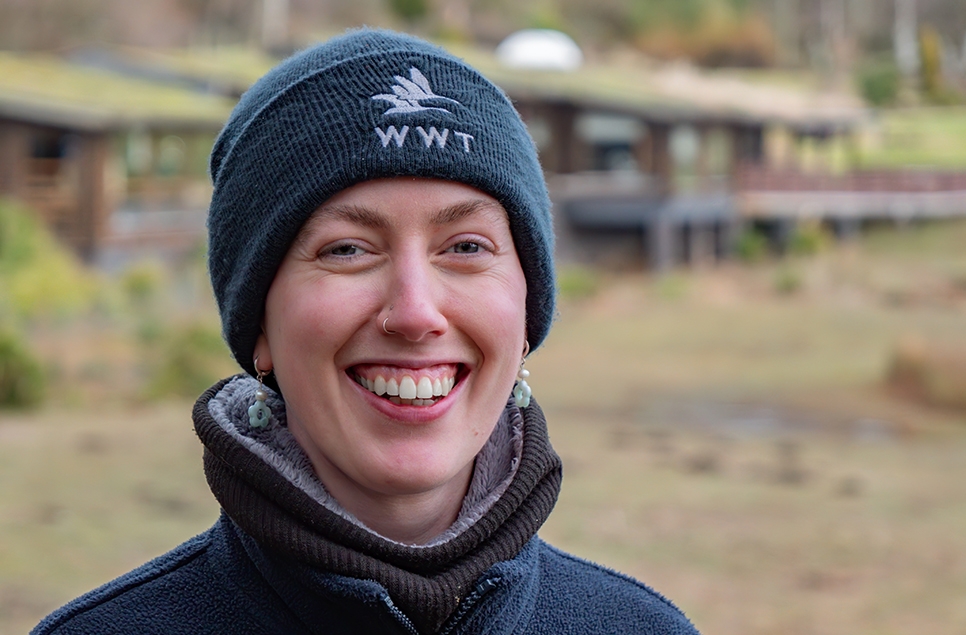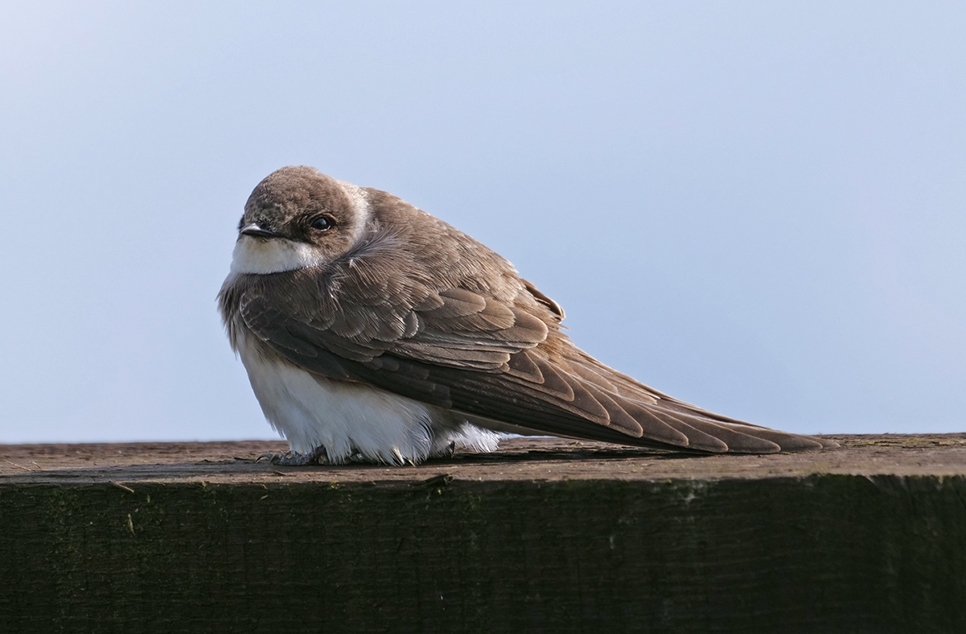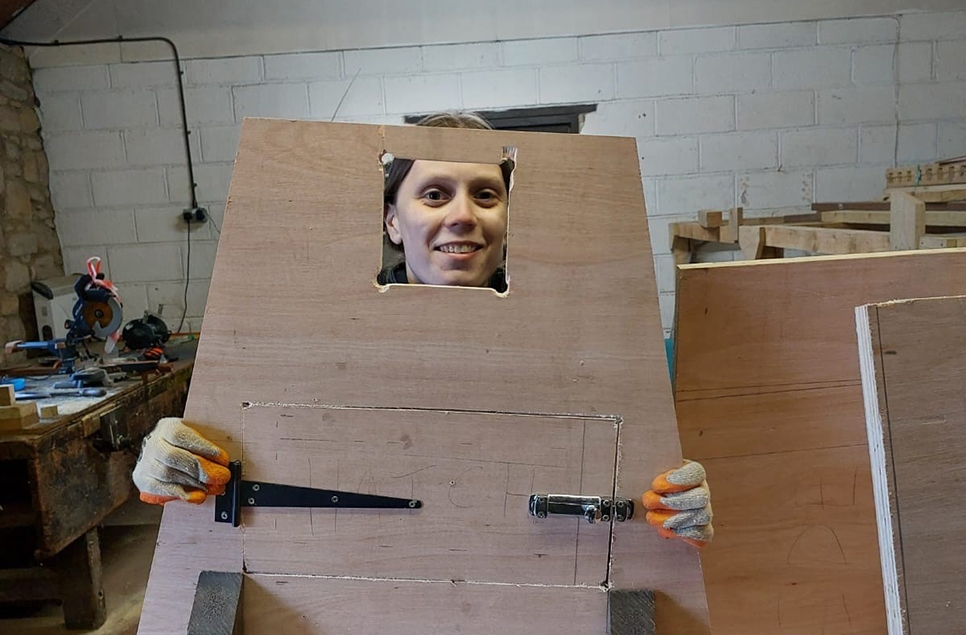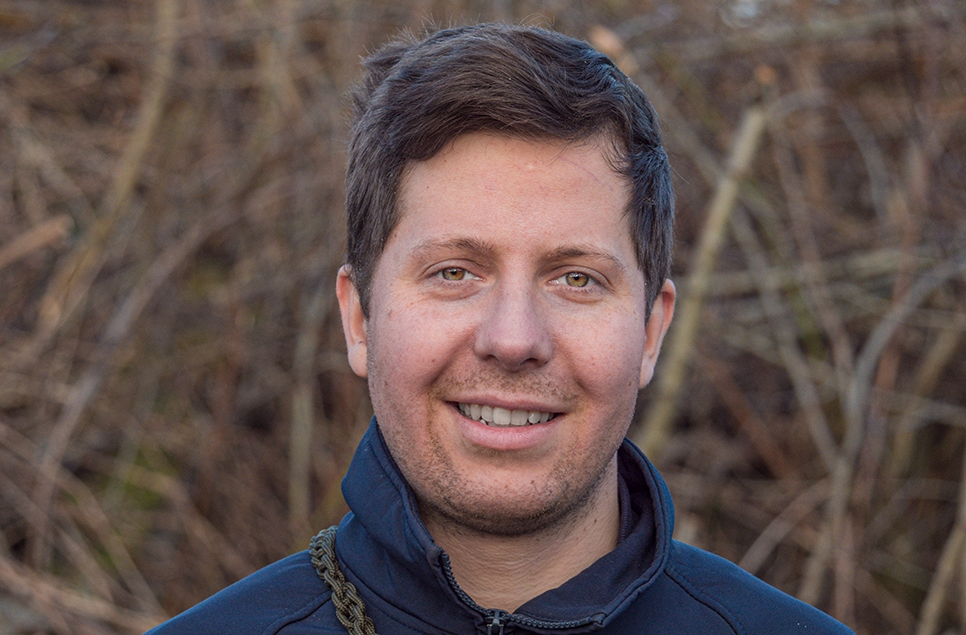Wigwam home hoping to entice bearded tit to WWT Washington
The reserve team at WWT Washington Wetland Centre have been working hard to introduce new habitat around the saline lagoon for a number of birds. More recently, their focus has been on bearded tits!
A quirky wigwam has been purpose built out of materials from recent habitat management around the lagoon. The work, carried out by our reserve team, has seen lots of work to open up the water channels on the lagoon and clear vegetation from the island, reopening the sight lines into the lagoon reedbed for visitors to better spot wildlife - check out the comparison image!
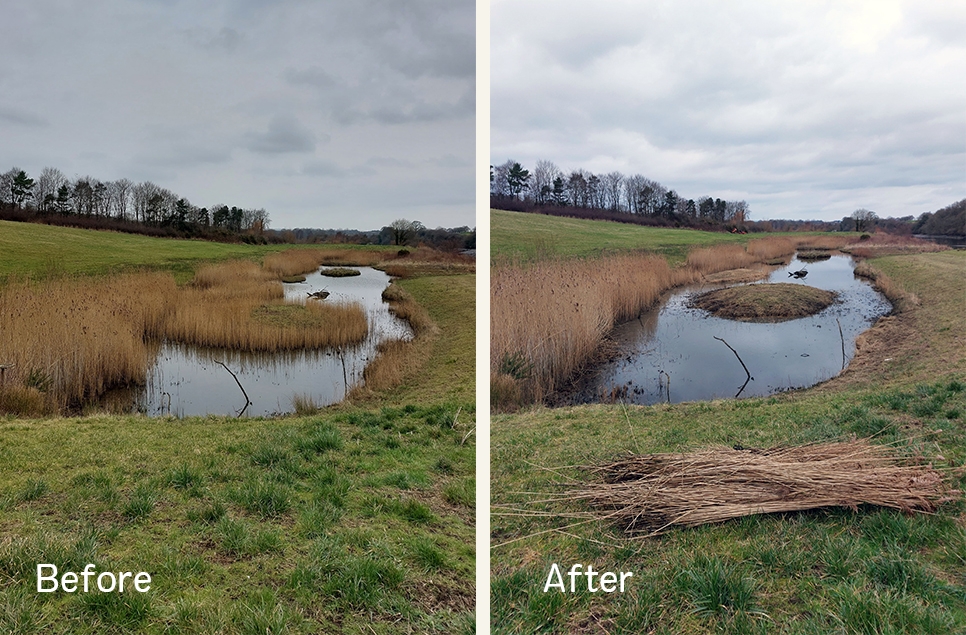
As a conservation charity, our team always try to reuse any spare materials, such as grass cuttings in compost piles or hay racks, trees repurposed into woodchip for paths, or trimmed reeds into bug hotels or in this case, wigwams for bearded tits! These wigwams were made from the trimmed reeds from these recent lagoon works as well as hazel tree cuttings - waste not want not!
The idea is that the wigwam creates dry patches of reed debris that bearded tits can use to nest in and be placed in reedbeds that might otherwise be quite wet as part of their management for other species. We had 5 bearded tits seen visiting the lagoon at the end of 2022 and the hope is that the wigwams will be there for them (should they drop by again...) as well as for other species that nest in the reedbed, giving them a head start ahead of breeding.
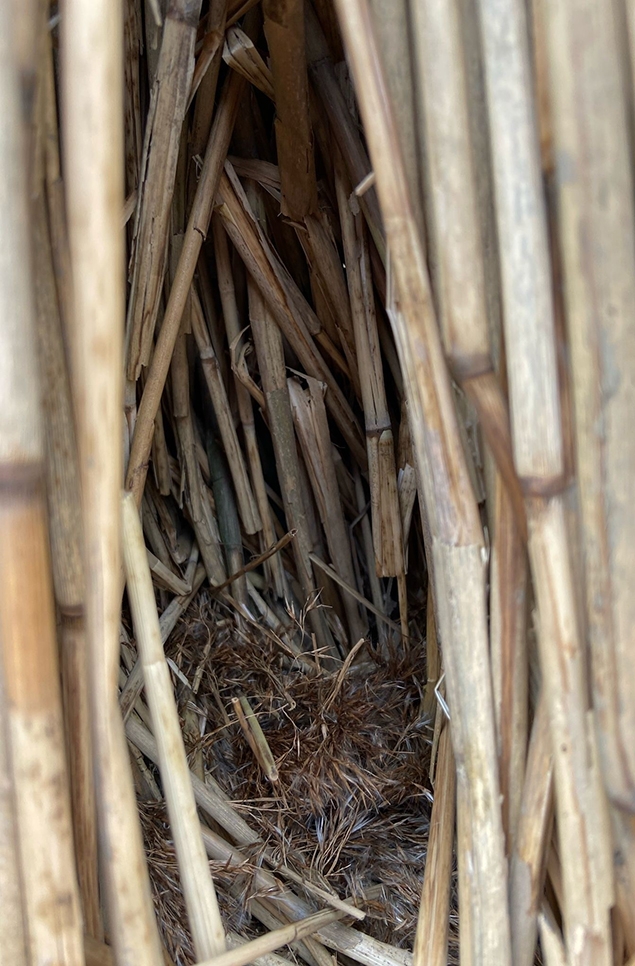
Because the lagoon is tidal and floods on 5m tides, the wigwam is set higher than this level and will provide a dry refuge and nesting materials for birds during the breeding season, even on our highest tides. Other species we know nest and breed in our reedbeds at the lagoon include the sedge and reed warblers. The wigwams will offer a safe space for birds with a secure cavity that is filled with loose, dry reed debris and soft reed seed heads that can be used in nest construction.
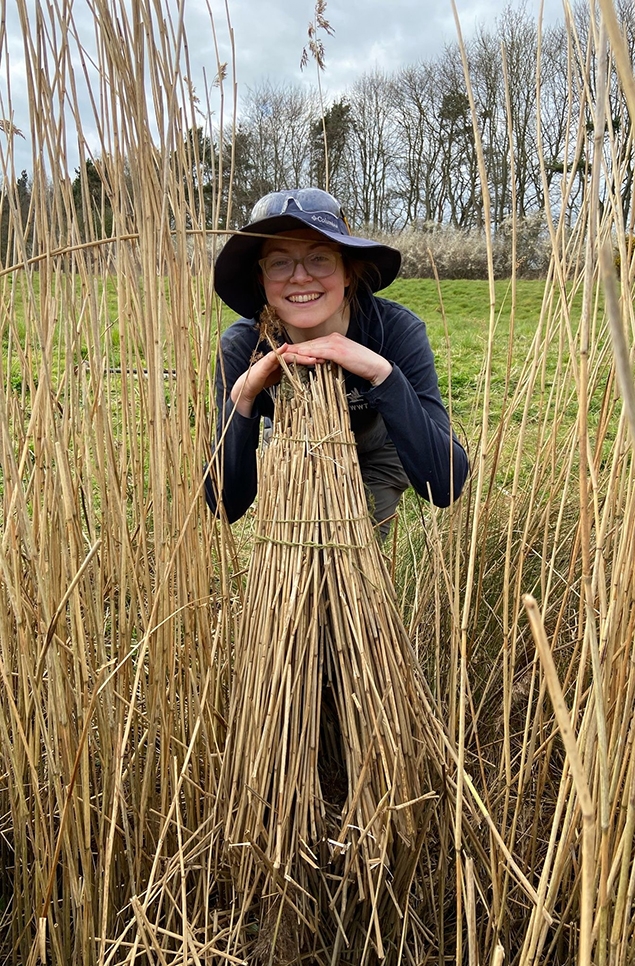
Our team took inspiration from the methods of RSPB warden David Mower who created the design. The reeds are tied around the central stake and teased out along the bottom to create a diamond shape and a nice cavity inside. This cavity is further filled with reed debris for use to construct any nests and then the stake is pushed into the ground and the height of the wigwam set on the stake by simply sliding it up or down the stake.
The wigwam was made by reserve warden Kate (pictured above), placement student Matt and reserve volunteer Peter (pictured below with reserve placement Jenny who was involved with the lagoon habitat management). It was their first ever attempt and we think they've done a great job! It's been introduced at the back of the saline lagoon, where the reeds are a bit denser and where the bearded tits seemed to like hanging out most in 2022!
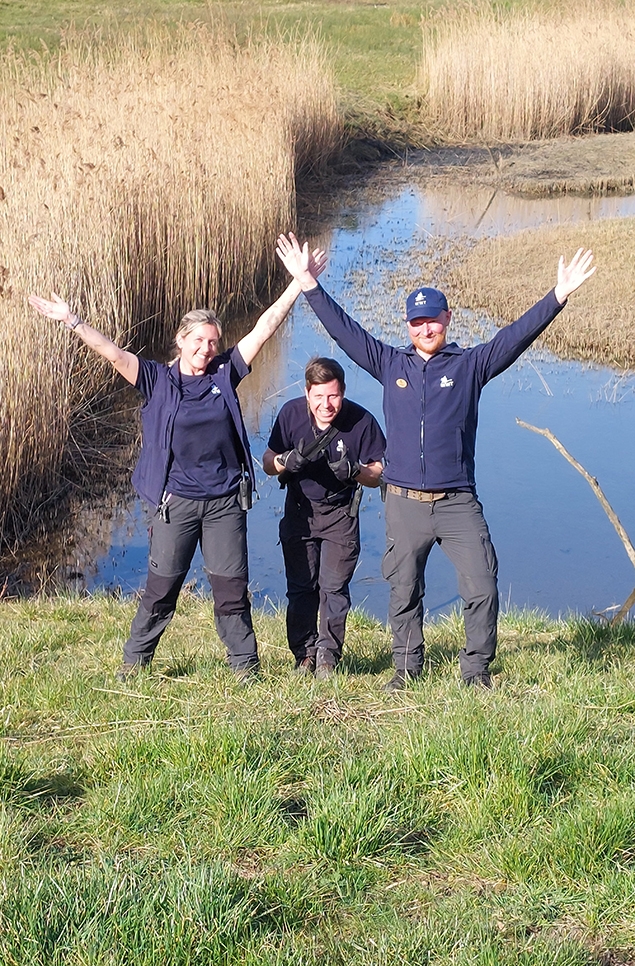
Ready to visit?
If you've been inspired to explore Washington Wetland Centre, find out more and plan your visit online.
Plan your visit